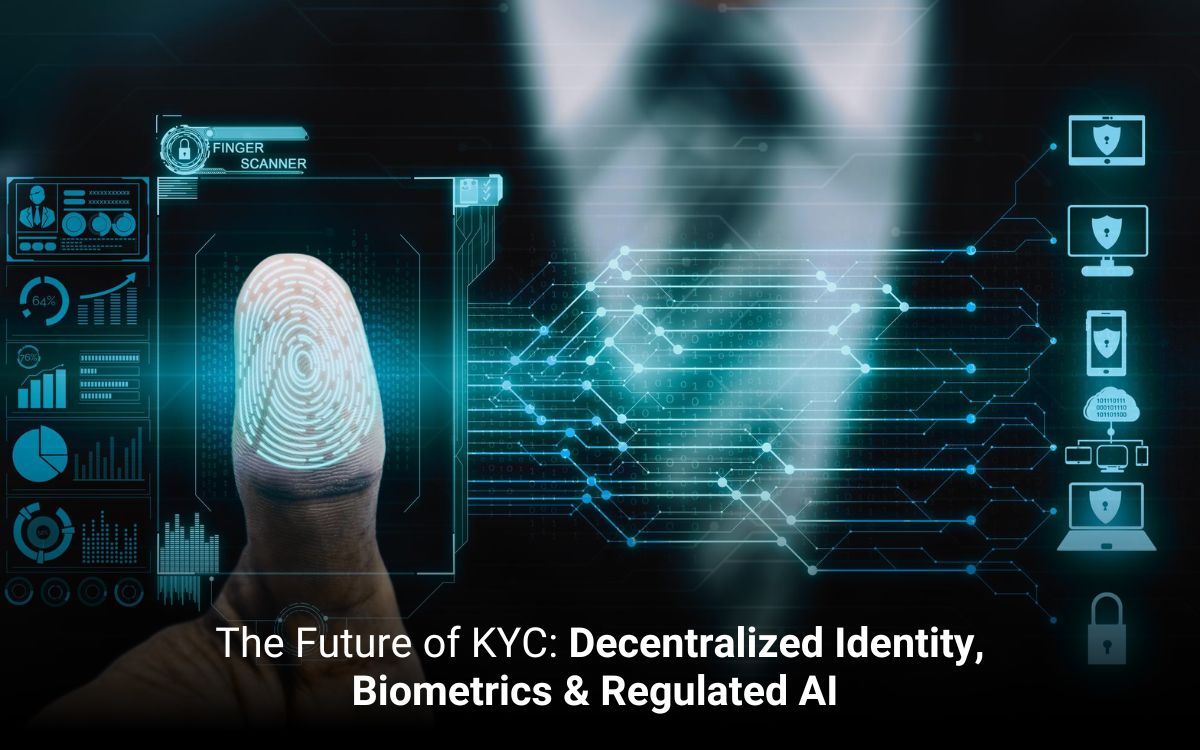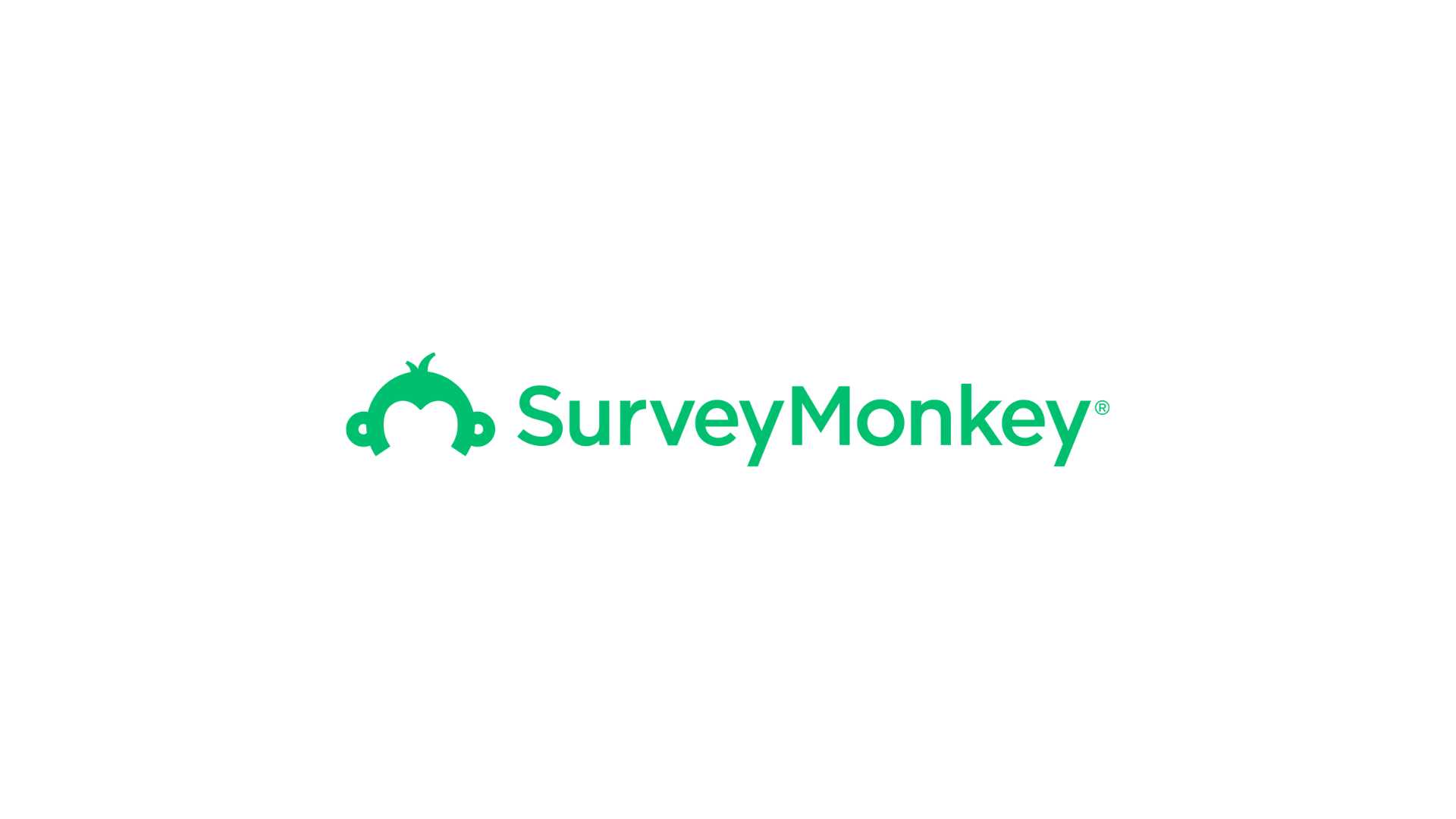The Future of KYC: Decentralized Identity, Biometrics & Regulated AI

A high-value client wants to open an account with your fintech. Instead of a week-long cycle of document uploads and repeated compliance reviews, they complete the entire KYC by scanning their face, approving a decentralized identity request, and clearing biometric verification. The shift in KYC is driven by decentralized identity, biometric, and regulated AI.
This isn’t just a technology shift; it’s a market position strategy. FinTech’s that integrate these technologies will set industry benchmarks in customer experience, fraud prevention, and regulations.
This article will discuss the shifts in KYC operations and their importance.
Why Biometric Data Protection Is Critical
Biometric KYC is tied directly to customer trust and brand equity.
1. Biometric Data Is Irreplaceable
Biometric identifiers cannot be changed once compromised. A leaked fingerprint or facial scan is a vulnerability.
For example, a payments provider that failed to encrypt stored biometric data faced losses after fraudsters used the stolen data to bypass onboarding controls across partner banks.
2. Compliance Is Important
Global data privacy regulations treat biometric data as “sensitive personal information,” with strict consent, storage, and processing requirements.
A cross-border remittance fintech is forced to halt operations in one market because its biometric KYC process didn’t comply with the jurisdiction.
3. Breaches Damage More Than Finances
The real cost of a breach is in customer attrition and brand erosion. If customers lose confidence in your ability to safeguard their biometric KYC data, they may move their business to competitors.
4. Protection Enhances Market Position
Demonstrating robust biometric protection can be a competitive differentiator. For example, a digital lending platform that integrated on-device biometric verification with zero raw data storage reported an increase in conversion rates among enterprise clients.
5. Evolving Threats Demand Proactive Defense
Deepfake technology and AI-powered spoofing are making biometric fraud attempts more sophisticated. Without real-time detection, encrypted storage, and anomaly detection algorithms, your KYC process can be exploited.
How Decentralized Identity Works in KYC
Understanding decentralized identity is critical to scaling onboarding and reducing compliance risk.
1. Identity Issuance and Verification
A bank, government agency, or regulated identity provider verifies the customer’s details.
Upon verification, the customer receives a verifiable credential stored in their secure digital wallet.
Example: A payment gateway partners with a licensed identity provider to issue credentials that meet multiple jurisdictions’ KYC requirements.
2. Customer-Controlled Data Sharing
When onboarding a new fintech service, the customer selectively shares the required credentials (e.g., age, citizenship, or business registration). It is valuable in biometric KYC, where only authentication results are shared.
Example: A neobank allows clients to verify identities using decentralized credentials without storing the underlying biometric templates.
3. Real-Time Verification
The receiving institution verifies the credential against the issuing authority’s public cryptographic keys on the Blockchain.
You don’t need to repeat the process to accelerate KYC.
Example: A cross-border lending platform approves returning SME borrowers by validating their existing decentralized KYC credentials.
4. Compliance by Design
Decentralized identity reduces exposure of sensitive data, aligning with privacy regulations. FinTech’s remain compliant without holding data, lowering breach liability.
Example: A digital asset exchange avoided a regulatory audit penalty by proving it never stored customer biometric data.
How Blockchain Enhances eKYC
Here’s how Blockchain helps in eKYC.
1. Auditable Records
Blockchain ensures every KYC verification, update, or approval is recorded as an immutable transaction. It creates a tamper-proof audit trail that regulators and partners can verify.
A cross-border payments company reduced compliance audit preparation time by [insert time reduction] after adopting a blockchain-based eKYC ledger.
2. Shared, Yet Controlled, Access to KYC Data
With Blockchain, verified KYC credentials can be shared securely across trusted participants in a network. Information is encrypted, and only authorized parties can access it with user consent.
Example: A global trade finance consortium uses Blockchain to share verified corporate KYC profiles among member banks.
3. Integration with Biometric KYC
Blockchain stores proofs of biometric verification (e.g., facial recognition match confirmation) without retaining raw biometric data.
Example: A digital lending platform uses Blockchain to store biometric KYC verification, allowing instant re-verification.
4. Faster Cross-Border Onboarding
Blockchain-based eKYC allows credentials issued in one jurisdiction to be instantly recognized in another.
It is helpful for FinTech’s expansion into multiple markets with varying compliance requirements.
Example: A remittance provider onboarded SMEs across Southeast Asia using blockchain-verified credentials issued in their home countries.
5. Fraud Reduction Through Transparency
Blockchain’s distributed architecture makes it harder for fraudsters to manipulate records or use forged documents. Real-time verification prevents the onboarding of blacklisted entities across institutions.
Why Decentralized Identity, Biometrics & Regulated AI Are the Future of KYC
The future lies in a convergence of decentralized identity, biometric KYC, and regulated AI.
1. Decentralized Identity Puts Customers in Control
Identity credentials are issued once by a trusted authority, stored in a blockchain-backed wallet, and shared selectively with service providers. It lowers operational costs and regulatory exposure.
Example: A FinTech marketplace adopted decentralized identity, enabling buyers to reuse verified credentials across multiple supplier accounts.
2. Biometric KYC Strengthens Security & User Experience
Facial recognition, fingerprints, and voice authentication make impersonation and document forgery harder. It ensures the verification is tied to an individual, not a deepfake.
Example: A corporate expense management platform integrated biometric KYC for employee account creation, eliminating fraudulent claims.
3. Regulated AI Delivers Speed Without Sacrificing Compliance
AI-powered verification automates document checks, detects anomalies, and flags suspicious activity in real-time. When aligned with regulatory guidelines, it enables decision-making without compliance gaps.
Example: A global payment processor used regulated AI to process high-volume KYC applications during a new market entry, meeting AML rules while onboarding clients faster.
4. Combined for Market-Ready KYC
Together, these technologies reduce friction for legitimate customers while raising barriers for fraud. They limit data storage risks and scale decision-making without bottlenecks.
Example: A digital asset exchange combined all three to onboard institutional investors globally, achieving both rapid market penetration and regulatory penalties.
Conclusion
The future of KYC is where your clients own their identity data, verification happens in seconds, and compliance is embedded into every transaction. This question is not about the transition, but rather who will lead it. If you want to be on the right side of that shift, start building your KYC transformation roadmap today.



